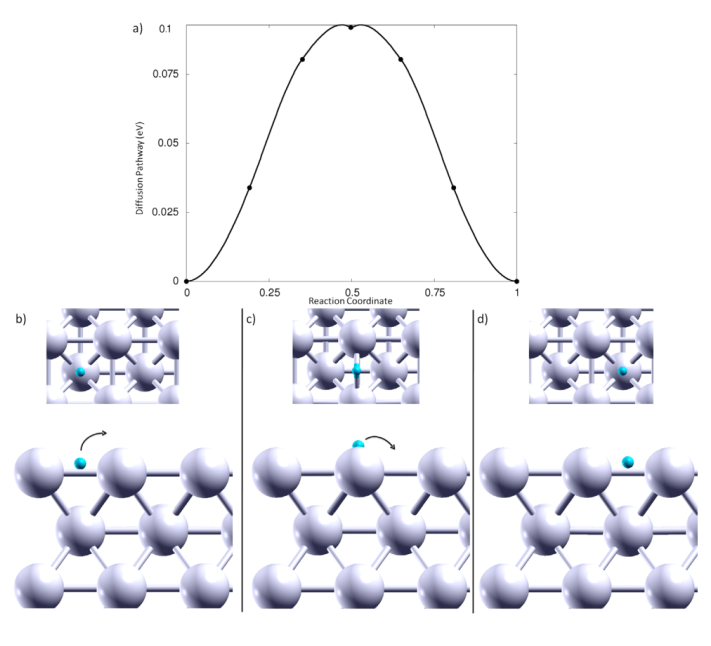Inhibiting Hydrogen entry in repurposed pipelines for H2-transport
Inhibiting Hydrogen entry in repurposed pipelines for H2-transport
Promotor(en): S. Cottenier, L. Duprez /28344 / Solid-state physicsBackground and problem
For climate and other environmental reasons, the world must embrace an energy transition. Electrification is the way to go, with the electricity produced from green sources such as solar and wind. An economical way to bring this energy from the places with lots of sun (e.g. Africa) to places where there is a high demand for energy (e.g. Europe) is storing the solar energy in hydrogen gas. This gas can be transported by ship to Europe, and from the ports it can be distributed by pipelines to the industries that need it. Conversion from hydrogen gas to electricity happens at the consumer site. The good news is that the existing pipeline network for natural gas can be repurposed for hydrogen transport. This makes it affordable to have a sizeable network available in a not too distant future. The bad news is that hydrogen is known to deteriorate the steel of the pipelines (hydrogen embrittlement). Coating the inner walls of the existing pipes in order to prevent hydrogen to enter the steel is therefore mandatory. The quest is ongoing to understand the mechanisms by which hydrogen can penetrate the steel surface, and to develop coatings or other surface treatments that can prevent this penetration.

Figure 1: Energy profile for hydrogen moving along a surface. In the present thesis, you’ll explore what happens if hydrogen penetrates into the surface.
Goal
You will tackle this problem in a fundamental and systematic way. You will construct a workflow to compute by Density Functional Theory the lowest-energy pathways by which hydrogen can enter into steel via low-index ferrite and austenite surfaces. You will do this by applying the ‘grid method’: sampling all hydrogen positions in a dense 3D grid, by which the lowest-energy path can be reconstructed. Once this workflow has been tested and performs well, you will add candidate coating elements to the surface to examine which elements hinder hydrogen entry and why. This work is part of a potential future collaboration with OCAS, a collaboration that will comprise also experimental screening and verification.
Collaboration with company
OCAS NV
- Study programmeMaster of Science in Engineering Physics [EMPHYS], Master of Science in Sustainable Materials Engineering [EMMAEN]Keywordshydrogen embrittlement, energy transition, pipelinesReferences
The European Hydrogen Backbone Report : https://gasforclimate2050.eu/sdm_downloads/2021-ehb-analysing-future-demand-supply-and-transport-of-hydrogen/
Urslaan K. Youhan and Sven P. K. Koehler, Energetics of hydrogen adsorption and diffusion for the main surface planes and all magnetic structures of gamma-iron using density functional theory; RSC Adv., 2021, 11, 28892
Waterstof schudt geopolitieke kaart grondig door mekaar, De Standaard, 18 januari 2022, https://www.standaard.be/cnt/dmf20220117_98392822
